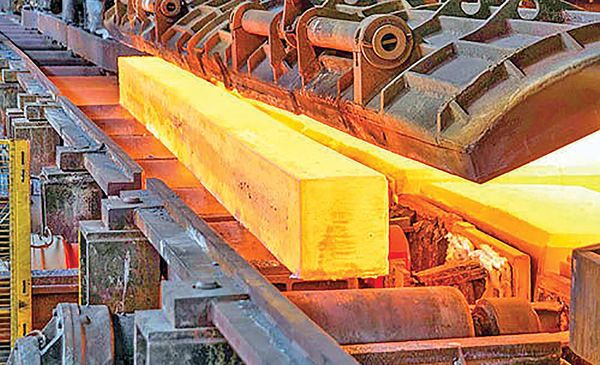
UK steel importers angered by tighter trade defence measures
July 20, 2025
International LPG swaps: All swaps fall
July 22, 2025
UK steel importers angered by tighter trade defence measures
July 20, 2025
International LPG swaps: All swaps fall
July 22, 2025Uncertainty over new tariffs ‘killing’ US steel demand
President Trump’s announcement of potential new tariffs that exceed the initial “reciprocal” rates unveiled on April 2’s Liberation Day has increased uncertainty in the US steel market and the risks to global trade.
Brazil, Canada, the EU and Mexico have received notice that their tariffs could increase further unless trade talks progress ahead of the new August 1 deadline. These “reciprocal” tariffs cannot be applied to US steel imports on top of the existing Section 232 tariffs. However, higher baseline tariffs would raise the cost of US steelmakers’ raw materials, applying upward pressure to steel prices and increasing uncertainty among steel buyers in a climate of low demand.
Tariff threats aim to accelerate trade talks
Trade negotiations have been slower than the US government anticipated. Originally, a July 9 deadline was set, after which country-specific reciprocal tariffs above a 10% base rate would take effect. Last week, this deadline was extended to August 1.
To accelerate talks, the US government has issued letters outlining new baseline tariff rates to over 20 countries and the EU. Brazil’s rate was raised to 50%, while the EU now faces a 30% tariff, up from 20%, if progress is not made in trade negotiations. Tariffs on Mexico and Canada were increased to 30% and 35% respectively, though these apply only to goods that do not comply with the United States-Mexico-Canada Agreement.
So far, only two preliminary trade deals have been announced, with the United Kingdom and Vietnam. Of these, only the UK agreement has been formally communicated, and parts of that deal are now at risk. The UK secured a lower 25% tariff on steel imports into the US. However, this exemption was linked to conditions that must be met by the country’s government by the July 9 deadline. No formal announcement has yet been made and there remains a risk that US tariffs on UK steel imports could revert to the full 50% Section 232 rate.
“Reciprocal” tariffs’ influence on US steel sector
While not directly applicable to steel imports, higher baseline “reciprocal” tariffs could affect US steel demand in several ways. Section 232 tariffs do not cover steelmaking raw materials such as scrap, pig iron and DRI. However, these inputs remain subject to the “reciprocal” tariffs which currently sit at 10% for most countries. Brazil supplies about 30% of total US imports of these materials. If its baseline tariff rises to 50%, it will increase production costs and could weaken downstream demand.
Persistent uncertainty continues to weigh on steel buyers, who have largely stayed on the sidelines, in 2025, as they await clarity on US trade policy.


